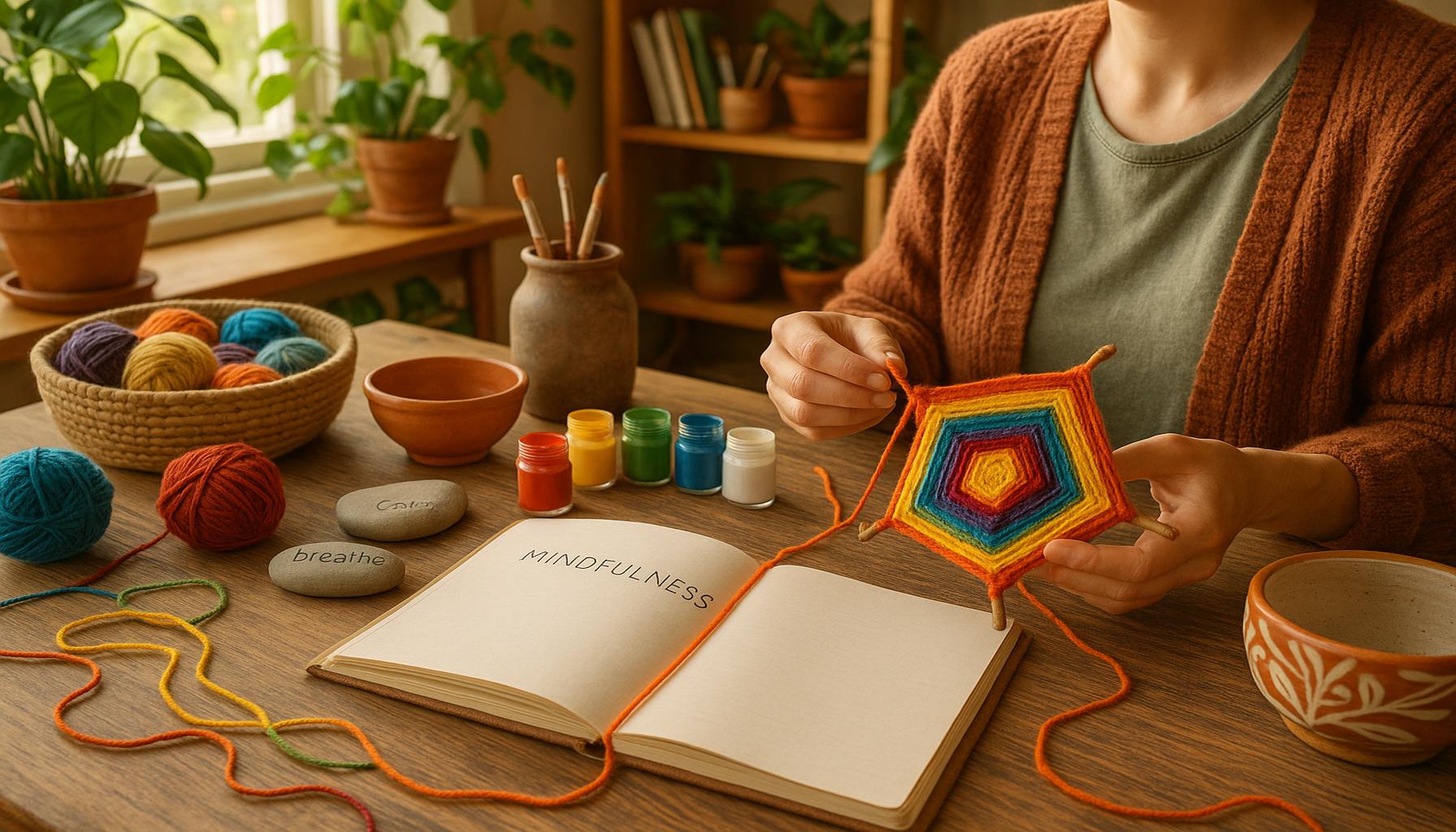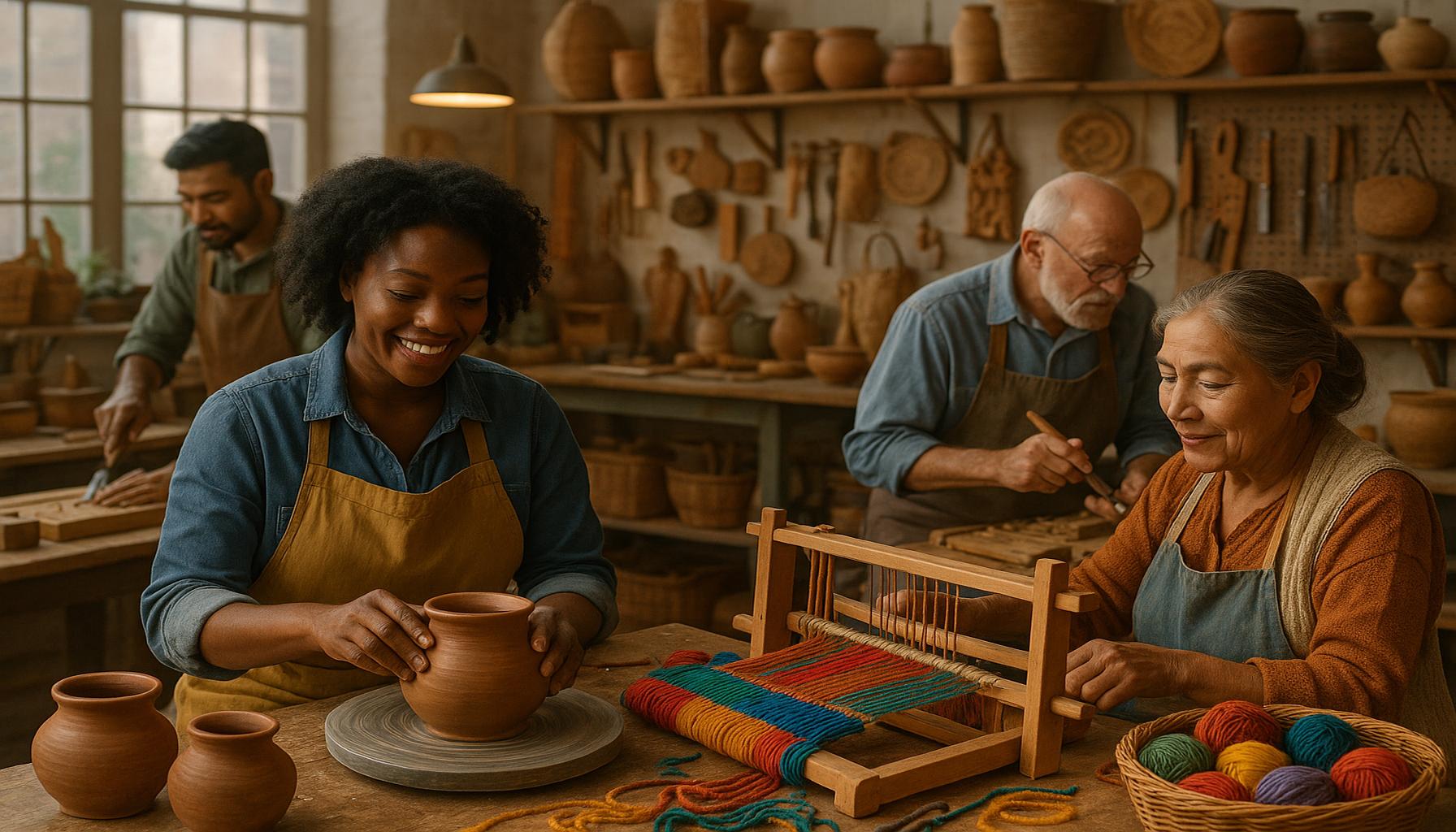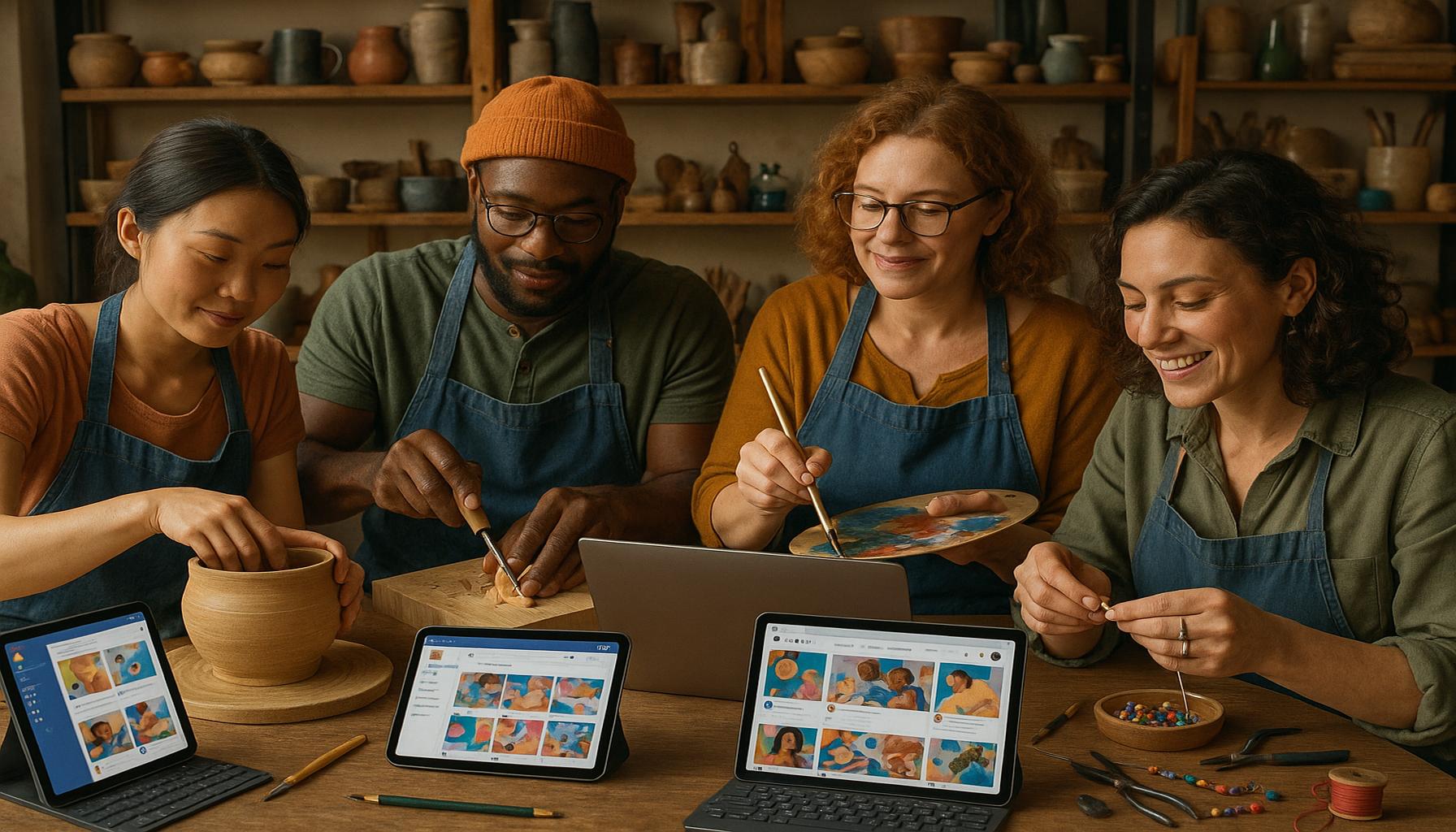The Importance of Handicrafts in Education: Developing Practical Skills in Children and Youth
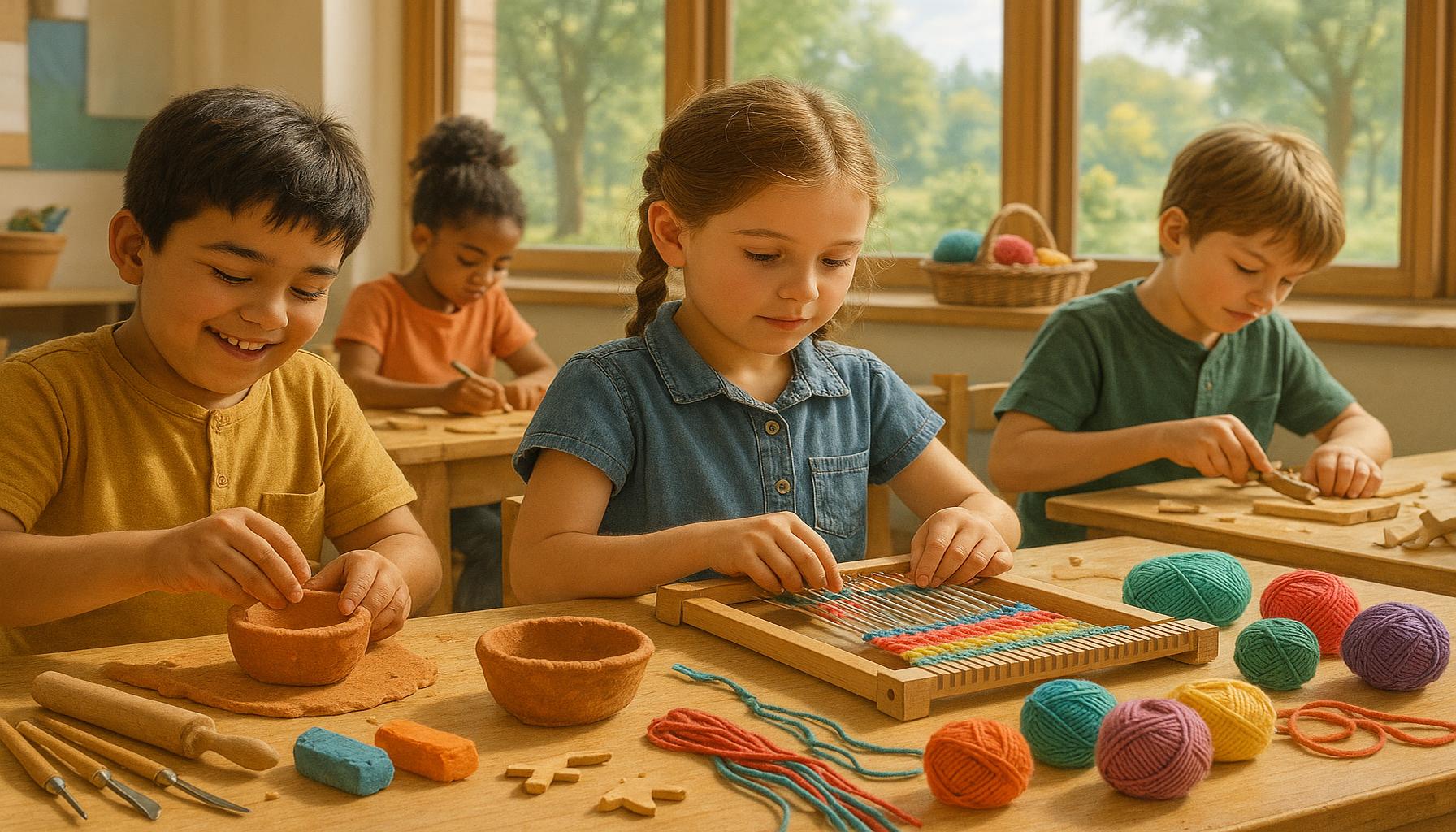
The Educational Value of Handicrafts
Handicrafts have historically served as a vital means of cultural expression and creativity, and they continue to play a significant role in modern education. Integrating handicrafts into the curriculum enriches the educational experience for children and youth by promoting essential skills that are increasingly relevant in today’s world. This approach allows students to not only learn about art and creativity but also to cultivate important life skills that can aid their personal and professional development.
One of the most compelling benefits of incorporating handicrafts into education is the ability to foster enhanced creativity. Participating in hands-on crafting activities encourages students to think outside the box and embrace their imagination. For instance, when children are tasked with creating a unique piece of artwork from recycled materials, they are not just creating; they are problem-solving and innovating. By exploring their own ideas and turning them into tangible creations, students learn the value of individual expression and originality.
Additionally, engaging in activities like sewing, painting, and sculpting directly contributes to the development of motor skills. Fine motor skills and hand-eye coordination are imperative for many daily tasks and career paths. For example, a simple class project that involves weaving or clay modeling can significantly enhance a child’s dexterity, setting a foundation for skills needed in various professions, including fields such as engineering, medicine, or even graphic design.
Beyond physical skills, crafting projects challenge students, promoting problem-solving abilities. When faced with a crafting dilemma—such as figuring out how to construct a model that stays intact—students must engage in critical thinking. By devising strategies and troubleshooting issues along the way, they learn to approach challenges with a solutions-oriented mindset.
Moreover, group crafting initiatives nurture teamwork and social skills. Students who collaborate on projects must communicate effectively, share ideas, and support each other, which builds camaraderie and helps them develop vital interpersonal skills. For instance, working together to create a mural can help students understand different perspectives and appreciate teamwork, which is invaluable in both academic and workplace settings.
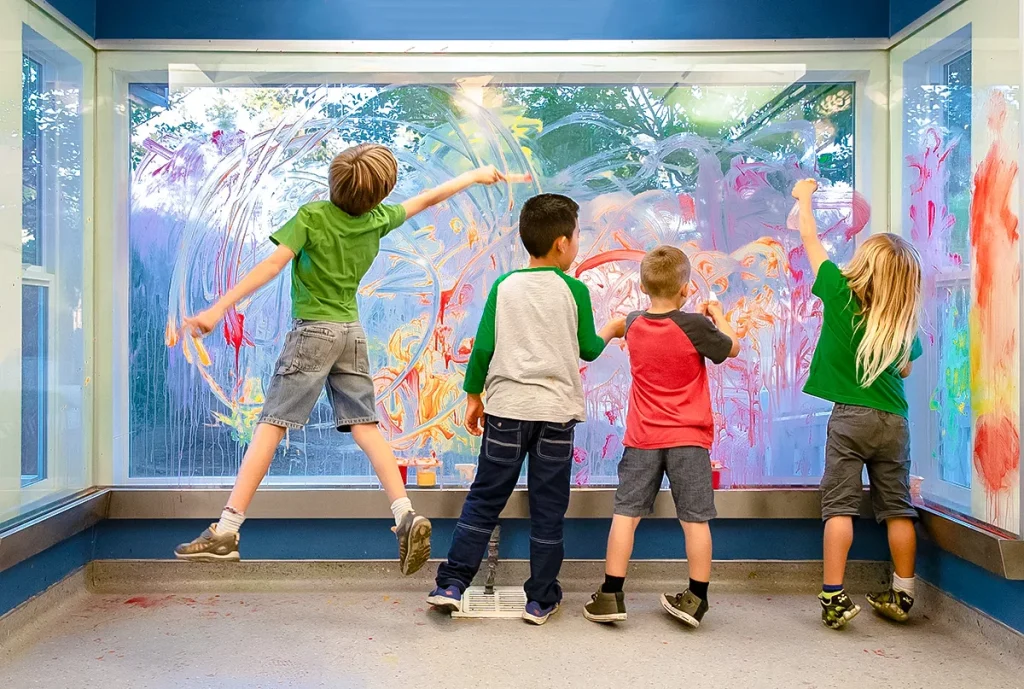
Handicrafts also provide an avenue for cultural awareness. By learning about traditional crafts from different cultures, students gain insight into the historical and social contexts surrounding these practices. This exposure can foster empathy and respect for diversity, as students gain a broader understanding of the world around them. For example, incorporating Native American pottery or African beadwork into the curriculum can help students explore and appreciate different cultural heritages, promoting inclusivity in the classroom.
As educators strive to create a well-rounded learning experience, it becomes clear that the importance of handicrafts extends beyond mere artistic expression. They bridge the gap between theoretical knowledge and practical application, enriching the educational journey. With greater awareness of the broad advantages offered by handicrafts, both educators and parents can advocate for their integration into schooling, nurturing a generation that is not only skilled but also creative, resourceful, and culturally aware.
DISCOVER MORE: Click here to dive deeper
Handicrafts: A Catalyst for Skill Development
As the landscape of education continues to evolve, the integration of handicrafts into academic programs emerges as a compelling approach to nurture various practical skills among children and youth. This resurgence of interest in crafting activities highlights their relevance not only for personal growth but also for equipping students with competencies that are essential for future success in an increasingly competitive world.
One significant aspect of handicrafts is their role in enhancing cognitive development. Engaging in crafting activities stimulates the brain, requiring students to apply concepts learned in subjects like mathematics and science. For instance, when creating geometric patterns in quilting or understanding the properties of materials in sculpture, students are naturally brought into a space where practical math skills and scientific reasoning become essential. This experiential learning solidifies their comprehension, making academic concepts more enjoyable and relatable.
Moreover, handicrafts foster a unique avenue for emotional development. The process of creating something from scratch can be incredibly empowering for young individuals. As they manipulate materials and see their ideas come to life, a sense of accomplishment develops, bolstering their confidence and self-esteem. This sense of achievement is crucial, particularly for students who may struggle in more traditional academic settings. The focused, hands-on nature of crafts can serve as a positive outlet, allowing for emotional expression through the medium of creation.
Handicrafts are also instrumental in encouraging environmental awareness. Through projects centered on sustainable crafting, such as using recyclable waste or natural materials, students gain insights into environmental stewardship and sustainability. They learn the significance of reducing waste and are often inspired to advocate for conservation in their everyday lives. This dual benefit of skill-building and environmental consciousness aligns with contemporary educational goals aimed at creating informed and responsible citizens.
In discussing the broader impact of handicrafts, it’s essential to consider how they can enhance a range of vocational skills. These include:
- Time Management: Completing a craft project often requires planning and deadlines, teaching students how to manage their time effectively.
- Attention to Detail: Crafting requires focus and precision, helping to develop sharp observational skills.
- Entrepreneurial Thinking: Craft projects can inspire students to create and market their items, fostering an understanding of entrepreneurship.
- Resilience: The iterative nature of crafting encourages students to persevere through failures and learn from mistakes.
In essence, the importance of handicrafts extends beyond artistic endeavors; they prepare children and youth for real-world applications. As educational institutions reconsider curricular demands, placing handicrafts at the forefront can lead to a more holistic educational experience. As our society emphasizes innovation and adaptability, integrating such programs will cultivate not only skilled individuals but also responsible and creative thinkers prepared to face the future.
| Advantage | Description |
|---|---|
| Enhanced Creativity | Engaging in handicrafts allows children to explore their creative potential, fostering diverse forms of expression. |
| Critical Thinking Skills | Craft projects encourage children to problem-solve, enhancing their ability to think critically and adaptively. |
| Motor Skills Development | Handicrafts improve fine motor skills as children manipulate tools and materials. |
| Social Skills | Collaborative crafting activities encourage teamwork and communication, building strong social competencies. |
Handicrafts play an essential role in developing practical skills in children and youth, bringing numerous advantages that extend beyond mere artistic creation. One significant advantage is the enhanced creativity they promote. Children engaged in handicrafts can express their unique perspectives, which can boost self-esteem and foster a love for arts. Furthermore, these projects cultivate critical thinking skills. As children navigate through challenges encountered in crafting, they learn to think outside the box, honing their ability to analyze situations.Additionally, participation in handicrafts supports the development of fine motor skills, essential for tasks that require precision. These activities foster dexterity, coordination, and control. Social skills are another critical aspect influenced by handicrafts. When children work together on craft projects, they learn the value of collaboration and effective communication, which are vital for their future academic and professional endeavors.This multifaceted approach to education through handicrafts not only enriches the learning experience but also prepares young individuals for a creative and cooperative world.
DIVE DEEPER: Click here to uncover the secrets of storytelling
Handicrafts: Bridging the Gap Between Tradition and Innovation
As we delve deeper into the significance of handicrafts in education, it becomes clear that these creative expressions serve as a vital link between tradition and modern innovation. The process of learning through handicrafts invites students to connect with their cultural heritage while simultaneously applying contemporary methods and materials. This blend of old and new encourages a sense of cultural appreciation in children and youth, allowing them to see the value of their own backgrounds as they create art that speaks to their identity.
In many communities across the United States, traditional crafts such as pottery, weaving, and woodworking are passed down through generations. Educational programs that incorporate these handicrafts create opportunities for mentorship, where students can learn from skilled artisans and gain insight into the stories behind these crafts. Such experiences foster an appreciation for craftsmanship and instill respect for the artistic processes that have stood the test of time. By engaging with artisans and understanding the cultural significance behind each creation, students develop a broader worldview that recognizes the richness of diverse traditions.
In addition to enhancing cultural appreciation, handicrafts promote collaboration and teamwork. Many crafting projects necessitate group efforts, where individuals must communicate effectively, share resources, and work towards a common goal. Whether assembling a community art installation or creating handmade items for a local charity, students learn the importance of collaboration and the valuable outcomes that arise from collective input. These experiences mirror real-world dynamics, preparing young individuals for future workforce environments that rely heavily on collaboration and diverse teamwork.
The digital era presents an exciting opportunity to integrate technology with traditional crafting techniques, creating what is often referred to as digital crafting. This intersection of technology and handicrafts equips students with cutting-edge skills such as coding, 3D modeling, and digital design, which are increasingly relevant in today’s job market. For example, students can design their own products using computer-aided design (CAD) software, then utilize 3D printers to bring their creations to life. This fusion of hands-on crafting with digital tools not only enhances creativity but also aligns with educational standards focused on STEM learning, making subjects like math and science more engaging through tangible projects.
Furthermore, incorporating handicrafts into educational settings benefits mental health, serving as a therapeutic outlet for students. The act of creating allows for mindfulness and relaxation, providing a much-needed escape from academic pressures and social anxieties. Crafting can play a pivotal role in managing stress, as it necessitates focus on the present moment and the task at hand, which can ultimately lead to enhanced well-being and resilience. Programs that include crafting as part of their curriculum often report higher levels of engagement and lower rates of absenteeism, showcasing the profound impact of hands-on learning.
Lastly, it is important to recognize that handicrafts could serve as a gateway to entrepreneurship for youth. By participating in craft fairs or local markets, students can learn how to promote their work, manage finances, and understand consumer needs. These experiences instill a sense of purpose and drive, paving the way for future entrepreneurial ventures. Integrating business principles into crafting activities not only stimulates creativity but cultivates a spirit of innovation that is critical in today’s fast-paced economy.
DIVE DEEPER: Click here to uncover the secrets of storytelling
Conclusion
In summation, the integration of handicrafts in education emerges as a multifaceted approach that fosters both practical skills and holistic development in children and youth. By bridging the gap between tradition and innovation, these creative undertakings nurture a sense of cultural identity, inspire collaboration, and instill critical problem-solving abilities needed in today’s complex world. The engagement with traditional artisans and techniques enriches students’ understanding of their heritage while promoting mutual respect for diverse artistic expressions.
Furthermore, the advent of digital crafting introduces an exciting dimension to the field, allowing students to harness cutting-edge skills that align with modern technological demands, such as coding and digital design. This vital merge of creativity with technology not only makes learning more appealing but also enhances the relevance of educational content in a rapidly evolving job market. In addition, the therapeutic benefits of crafting should not be overlooked; they provide a much-needed outlet for stress relief and promote mindfulness, contributing positively to students’ mental health.
Ultimately, as we advocate for the inclusion of handicrafts in educational curricula, we unlock pathways for entrepreneurship and self-expression, empowering youth to have a voice in their communities. By embracing this hands-on learning approach, we prepare the next generation not only as skilled craftsmen but as innovative thinkers and collaborative leaders, embodying the very essence of a well-rounded education. The call to action is clear: let us recognize the profound significance of handicrafts and champion their role in shaping future leaders with a deep-rooted appreciation for culture, collaboration, and creativity.
